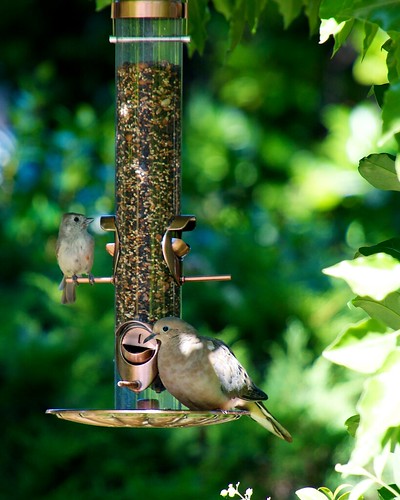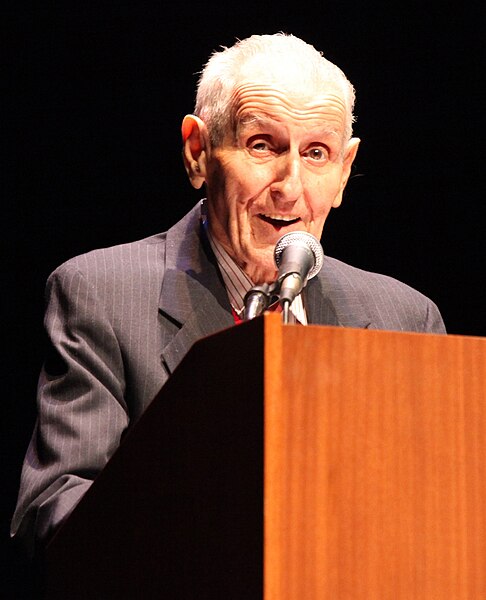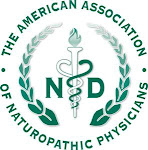By Jacob Schor ND, FABNO
If you have cancer, you have likely read that asparagus will cure it. A letter gone viral online claims this. If you haven’t seen it yet, it’s only a matter of time until a copy is forwarded to you by some well-meaning friend or relative.
Those of us who specialize in naturopathic oncology hear about this asparagus business often from our patients, many of who assume the information is true. It’s not.
There is no reason to believe that asparagus will cure cancer. It may actually make a few cancers worse.
Here is what we do know about these claims:
The “Asparagus Cure for Cancer” first appeared in print in the February 1974 issue of Prevention magazine. A second, similar article was printed in the December 1979 issue of Cancer News Journal, a magazine once distributed in health food stores. Both articles claim that a dentist named Richard R. Vensal discovered that eating asparagus could cure cancer.
According to the letter, a cure can be achieved by consuming four tablespoons of pureed cooked asparagus twice a day. Improvement is supposedly seen in two to four weeks.
Unfortunately there is little reason why we should believe this information. Richard Vensal never had anything published to substantiate this claim.
There is one study from 2009 that suggests asparagus has an anti-cancer effect. Chinese researchers reported that a chemical, which they named asparanen A, showed an anticancer effect when added to liver cancer cells.
i
No studies describe the results of feeding asparagus to animals with cancer. Nor are there any published clinical trials on giving asparagus to human cancer patients.
It is certainly widely understood that diets high in vegetables are anticancer. Yet no evidence singles out asparagus in particular, suggesting it has an anticancer effect. There may be some health benefits from eating asparagus because it is a vegetable, but there is little reason to think that asparaguses are special.
In contrast there is substantial information on the anticancer effect of other vegetables. For example, a current search of the National Institute of Health’s National Library of Medicine, lists 597 published articles related to the anticancer effect of broccoli.
ii A search for published papers on garlic and cancer yields 648 references.
iii
There are only two clinical trials involving asparagus and humans. One paper published in 2009 describes a study in which patients with high blood pressure took a combination of parsley and asparagus extracts in the hope that their blood pressure would go down. Unfortunately, no effect was seen.
iv An earlier study published in 2008, reported that a combination of asparagus and elderberry extracts helped patients lose weight.
v Losing weight is not curing cancer.
While there is little reason to think that asparagus will cure cancer, there is good reason to think that asparagus may make some cancers, in particular acute lymphoblastic leukemia (ALL), worse.
There is a long established link between asparagus and leukemia. In 1953, John Kidd discovered that blood serum taken from healthy guinea pigs, if injected into mice, killed leukemia cancer cells.
vi It wasn’t until ten years later that John Broome explained why. Guinea pig blood contains an enzyme called l-asparaginase, which breaks down the amino acid l-asparagine. Healthy cells make l-asparagine, but certain leukemia cells do not. These leukemia cells must rely on nearby healthy cells to supply them with l-asparagine. The enzyme in the guinea pig blood breaks down the needed l-asparagine depriving the cancer cells of this chemical that they need to grow.
vii
L-asparaginase enzyme is sold as a drug (Elspar) and is now part of the standard protocol used to treat acute lymphoblastic leukemia (ALL). Taking the drug decreases l-asparagine and starves the cancer cells. Most types of cancer do make l-asparagine, so Elspar is only useful in treating a few specific cancer types.
As the names hints, asparagus contain l-asparagine. Eating asparagus would seem ill advised for people who have cancers that respond to l-asparaginase. This enzyme may be useful in treating lymphoma and multiple myeloma.
viii ix Eating asparagus may make all of these cancers grow faster, most especially ALL.
People diagnosed with cancer are often desperate to do everything in their power to fight the disease. They grasp onto every story and rumor about anything that might possibly help them. The myth that asparagus cures cancer is a good example. Eating daily doses of asparagus will not cure anyone. Some of these people may actually worsen their situation.
A wiser course of action than believing everything you read online would be to consult a medical practitioner who specializes in naturopathic oncology. There is ample knowledge and evidence that dietary changes and specific foods and supplements may be useful in fighting cancer. It makes sense to base these diet and food choices on evidence and knowledge rather than web-based ‘urban myths.’ When you need specialized knowledge go to a specialist.
The Oncology Association of Naturopathic Physicians (OncANP), an affiliate of the American Association of Naturopathic Physicians, lists naturopathic doctors who specialize in caring for cancer patients on their website: www.oncanp.org
This group tests and provides board certification in naturopathic oncology to those members who meet specified standards of education and experience.
If naturopathic physicians are specialists in natural medicine then OncANP members are specialists in using natural medicine in an oncology setting.
---
i Liu W, Huang XF, Qi Q, Dai QS, Yang L, Nie FF, Lu N, et al. Asparanin A induces G(2)/M cell cycle arrest and apoptosis in human hepatocellular carcinoma HepG2 cells. Biochem Biophys Res Commun. 2009 Apr 17;381(4):700-5.
ii To search yourself, go to: http://www.ncbi.nlm.nih.gov/pubmed?term=broccoli%20and%20cancer
iii To search yourself, go to: http://www.ncbi.nlm.nih.gov/pubmed?term=garlic%20and%20cancer
iv Chrubasik S, Droste C, Black A. Asparagus P(R) cannot compete with first-line diuretics in lowering the blood pressure in treatment-requiring antihypertensives. Phytother Res. 2009 Sep;23(9):1345-6.
v Chrubasik C, Maier T, Dawid C, Torda T, Schieber A, Hofmann T, Chrubasik S. An observational study and quantification of the actives in a supplement with Sambucus nigra and Asparagus officinalis used for weight reduction. Phytother Res. 2008 Jul;22(7):913-8.
vi H. D. Moon Presentation of the Gold Headed Cane to John G. Kidd. February 24, 1973. Am J Pathol. 1973 October; 73(1): 1–6. PMCID: PMC1904051
http://www.ncbi.nlm.nih.gov/pmc/articles/PMC1904051/pdf/amjpathol00248-0005.pdf
vii Broome JD. Evidence that the L-asparaginase of guinea pig serum is responsible for its antilymphoma effects. I. Properties of the L-asparaginase of guinea pig serum in relation to those of the antilymphoma substance. J Exp Med. 1963 Jul;118:99-120.
vii Jaccard A, Gachard N, Marin B, Rogez S, Audrain M, Suarez F, et al. Efficacy of L-asparaginase with methotrexate and dexamethasone (AspaMetDex regimen) in patients with refractory or relapsing extranodal NK/T-cell lymphoma, a phase 2 study. Blood. 2011 Feb 10;117(6):1834-9. Epub 2010 Dec 1.
ix Taylor CW, Dorr RT, Fanta P, Hersh EM, Salmon SE. A phase I and pharmacodynamic evaluation of polyethylene glycol-conjugated L-asparaginase in patients with advanced solid tumors. Cancer Chemother Pharmacol. 2001;47(1):83-8.







